CHANIA REGION

|
GEOGRAPHICAL LOCATION
The area covers the western side of Crete, 2376 square kilometers, with a population of 140,000 and the capital being Chania (60,000). Its mountains are high and imposing (2453 meters), with snow covering the peaks from December to May. The southern coast of the Libyan Sea enjoys ample sunshine. The northern side of the island is the most developed in terms of tourism. CLIMATE Summer in Crete is truly summer, meaning there is no rain from June to September, sometimes extending into November. The rain that falls during the winter, along with snow on the high peaks, provides the necessary water to keep the area green. Temperatures range from 12-15 degrees Celsius in winter to 25-30 degrees Celsius in summer, but some days can exceed 35 degrees Celsius. The sea water is suitable for swimming from May to November. THE CITY It is the second largest city on the island and was the capital when Crete was an independent state from 1898 to 1913. It is a charming city, especially the Old Town surrounded by Venetian walls. The Old Harbor comes to life at night with bright lights, bars, cafes, and restaurants. Along the small, bustling streets that spread around the old harbor, there are old Venetian buildings, some with visible crests, and shops selling souvenirs. The city has its own sandy beach west of the old harbor, but larger and beautiful beaches can be found outside the city. MUSEUMS - The Archaeological Museum is housed in the Venetian Church of Agios Frangiskos dating back to the 16th century. It exhibits artifacts from the Minoan and Roman periods, including pottery, statues, coins, and jewelry. - The Maritime Museum presents the maritime heritage of the island. Historical Archive of Crete. - Byzantine and Venetian Museum in the Venetian church of Agios Salvatore. - War Museum. - Folklore Museum. HISTORICAL SITES - The Venetian lighthouse at the entrance of the harbor. - The Byzantine and Venetian Walls. - The Neoria, Venetian buildings from the 15th - 16th century that housed shipyards for repairs. - The covered market in the shape of a cross from the early 20th century. - The tombs of the Venizelos family, 5 km from the city, offering a wonderful view of Chania from the hill where they are located. - The British and German military cemeteries in Souda and Maleme respectively. - The Monastery of Agia Triada in Akrotiri. - The Monastery of Gonia in Kolymvari. - The ancient city of Aptera (20 km from the city) near Souda. - Frangokastello, a well-preserved castle on the southern side, built by the Venetians in the 14th century. NATURAL SITES - The Samaria Gorge, 18 km in length, the longest and most imposing gorge in Europe, is open from May to November. It features Cretan flora and fauna. - Sfakia, the mountainous region where you can admire the White Mountains and remote villages. Significant revolutions against the Turks originated from here. - The beaches at Falassarna, extensive and sandy with clear waters on the western side of Kissamos. - Elafonissi, a sandy island on the southwestern side very close to the beach, accessible by walking through shallow waters! White sand. - Paleochora, a large sandy beach and attractive resort on the Libyan Sea. - Lake Kournas and Georgioupolis beach. - Lake Agia, an important wetland habitat. THE HISTORY OF THE ISLAND BRIEFLY - 7000-3000 BC Neolithic period - 3000-1100 BC Minoan period - 1100-68 BC Dorian period - 68 BC-395 AD Roman period - 395-1204 Byzantine period (823-960 Arab conquest) - 1204-1669 Venetian period - 1669-1897 Turkish rule, revolutions against the Turks in 1770, 1821-1829, 1841, 1854, 1866-69, 1878, 1889, 1896-97. - 1898-1913 Chania independent state and capital of Crete. - December 1, 1913, Union of Crete with Greece. - May 20-28, 1941, World War II, Battle of Crete. German Occupation begins until May 1945. HOW TO GET THERE Air: Chania Airport serves Western Crete with 5-7 daily flights to Athens and charter flights to major European cities. By Sea: - Souda Port (7 km from Chania): Daily ferries connect the island with Piraeus (Athens). |
 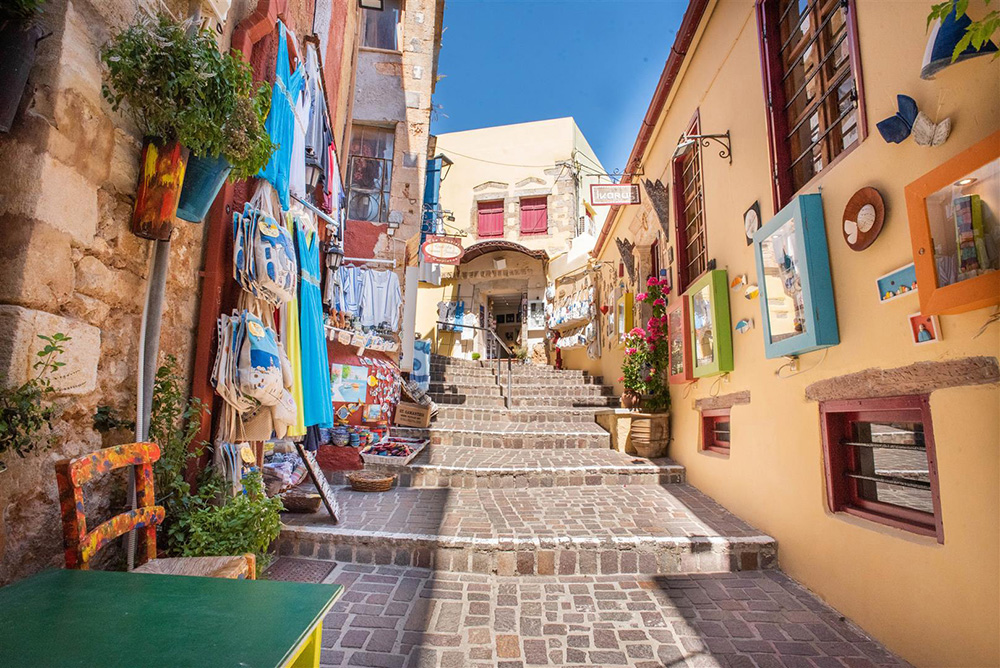   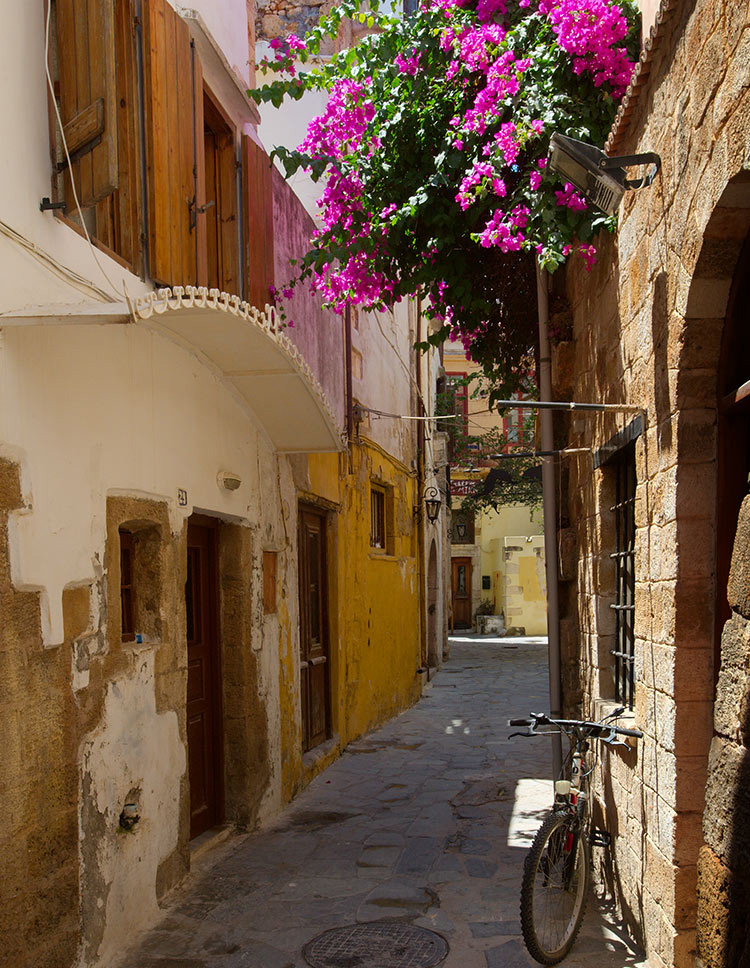  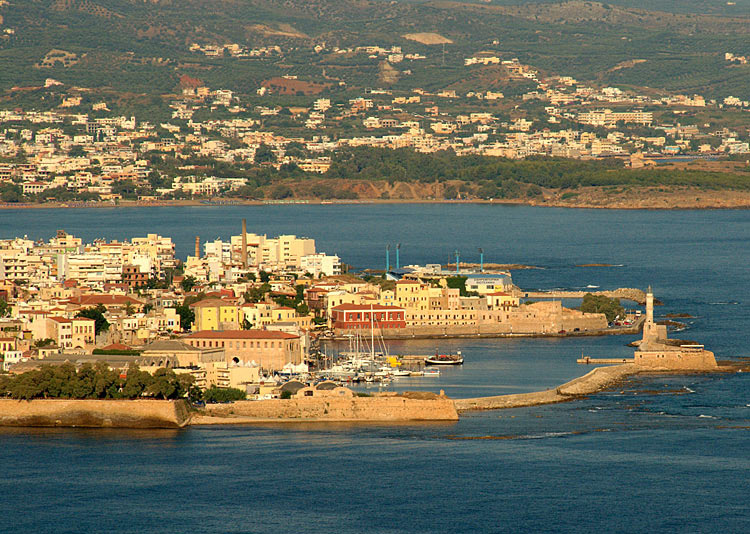 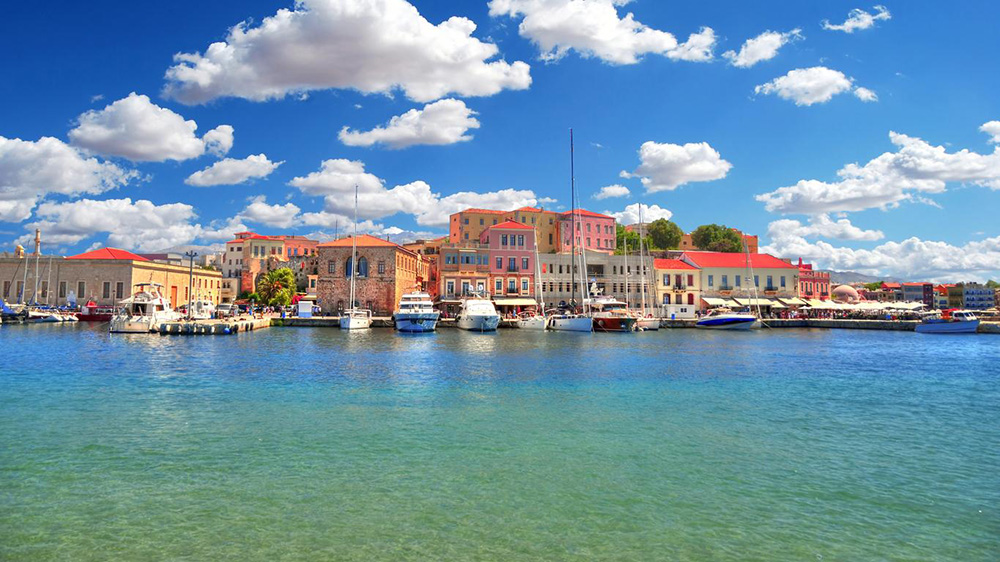 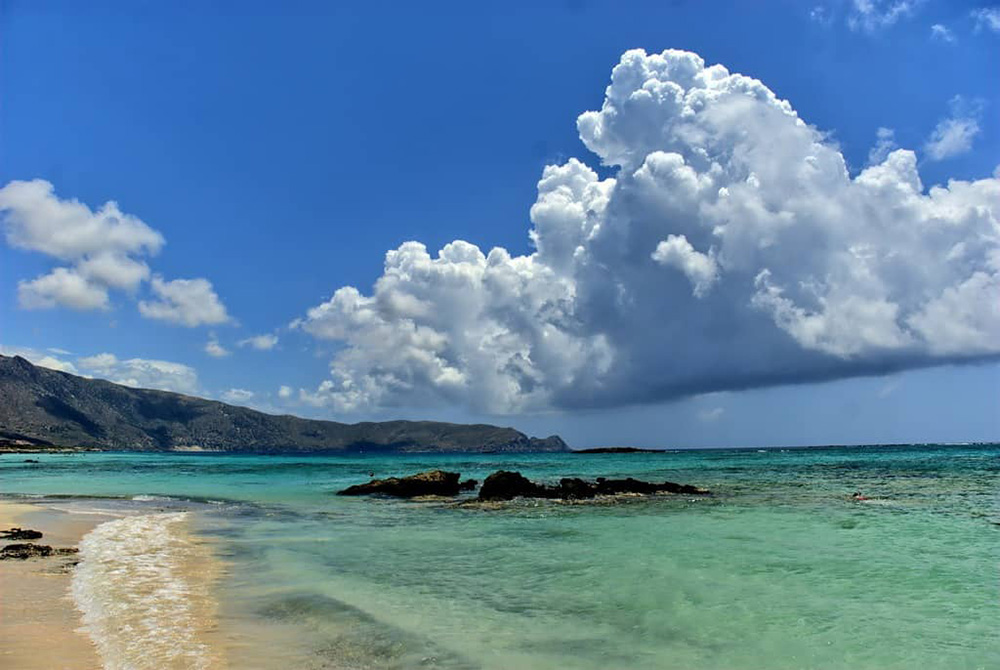 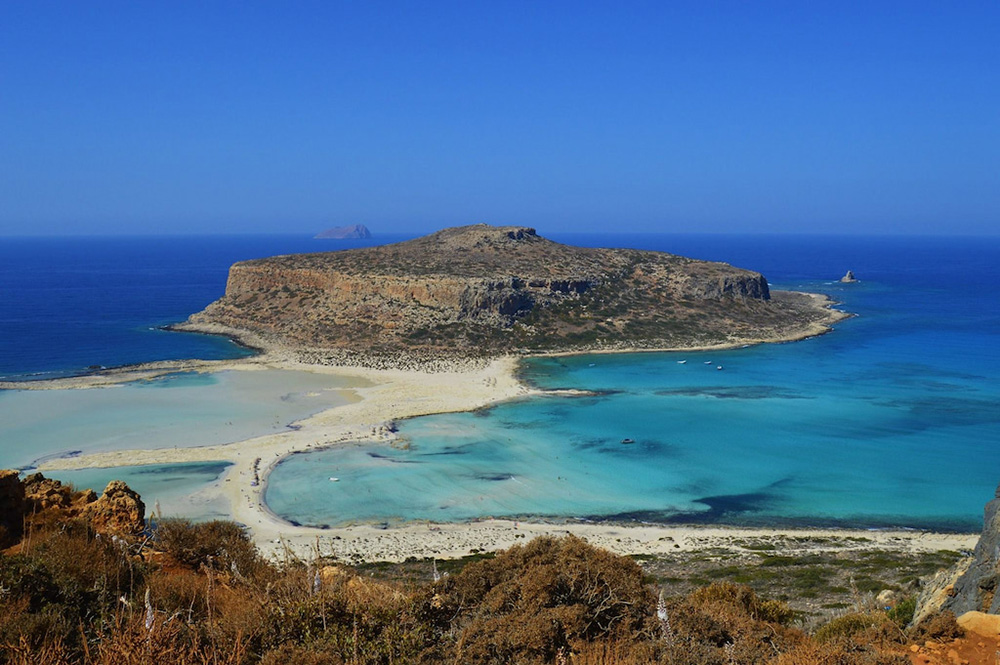  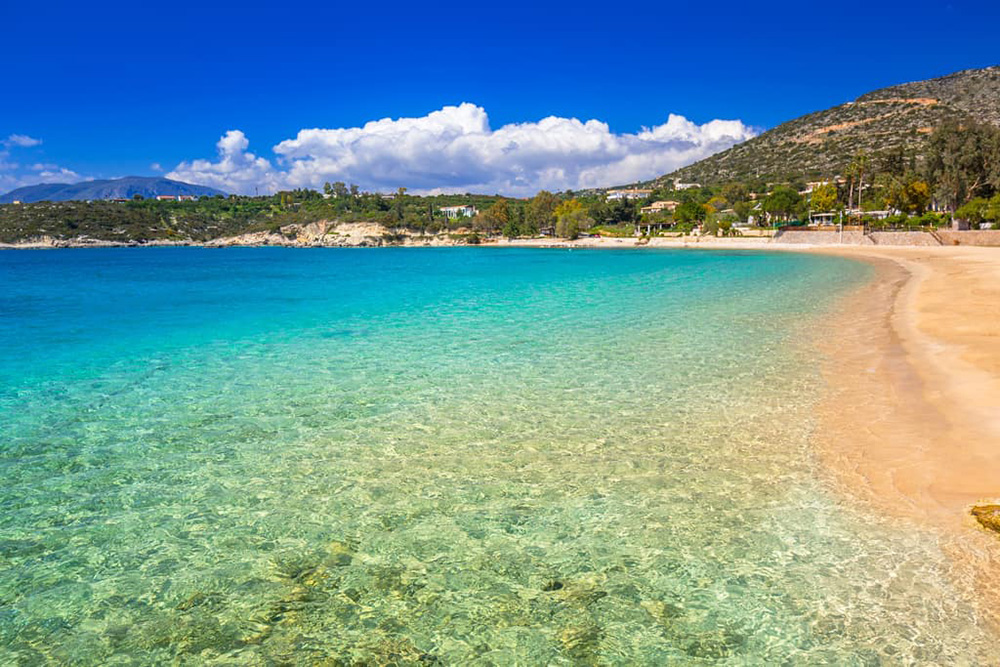 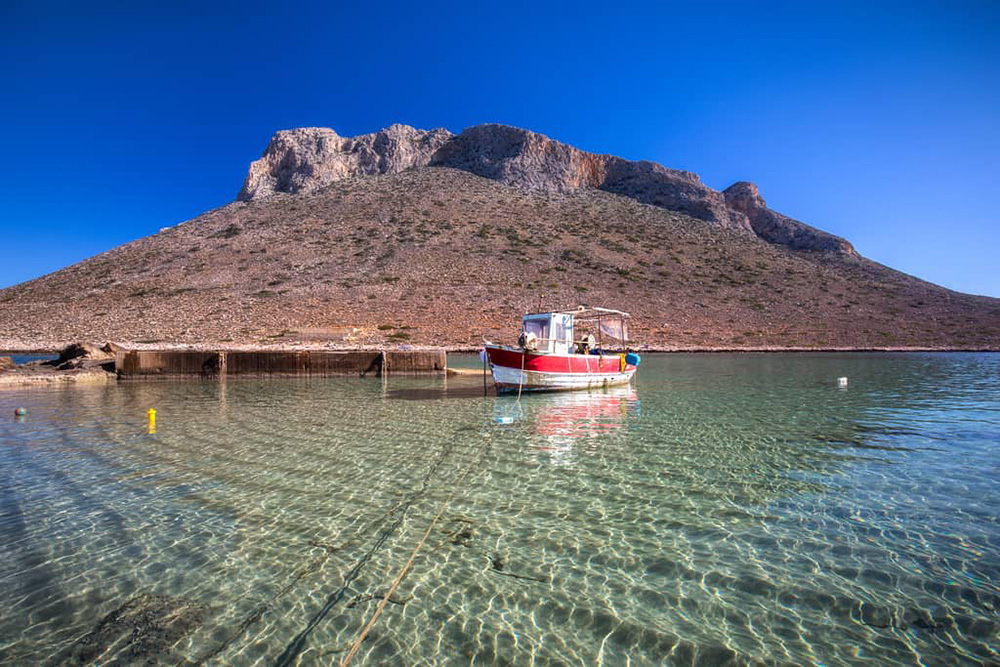    |
